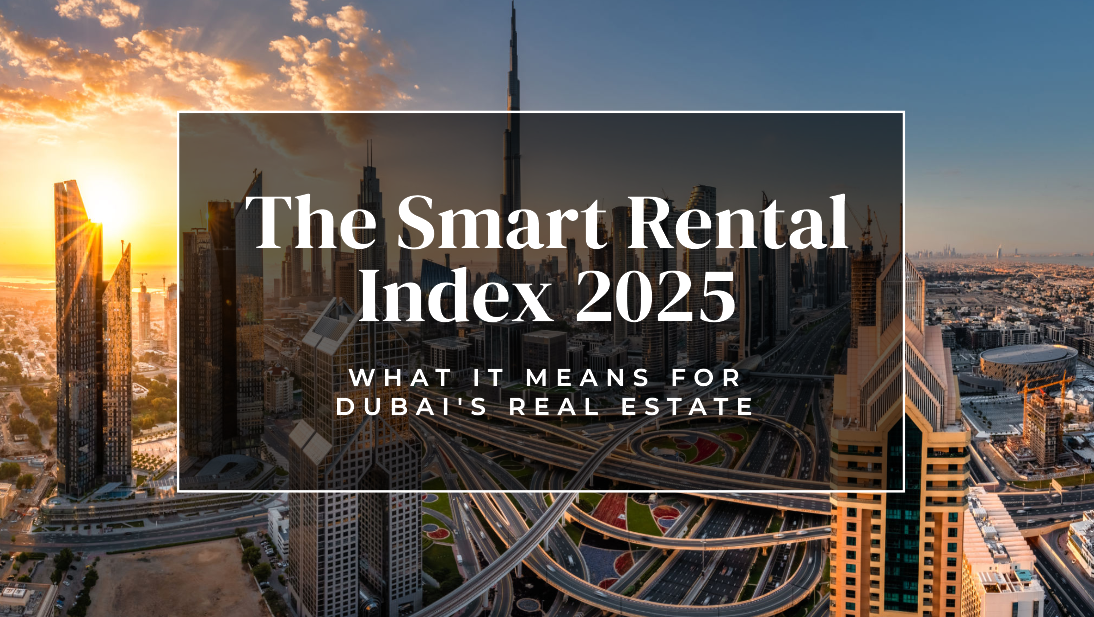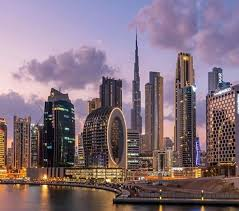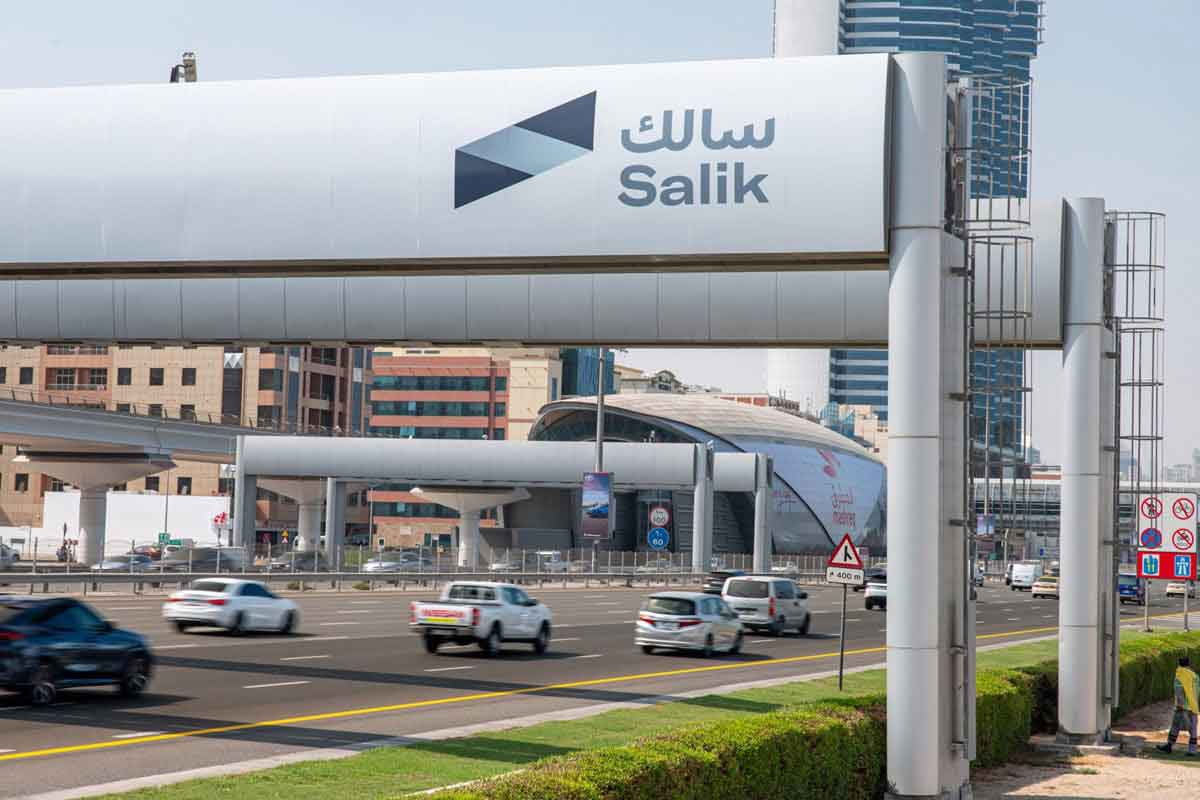Now Reading: Dubai Real Estate: 6 Positive Impacts of Smart Rental Index Launch
-
01
Dubai Real Estate: 6 Positive Impacts of Smart Rental Index Launch
Dubai Real Estate: 6 Positive Impacts of Smart Rental Index Launch

Table of Contents
Smart Rental Index Launch: Dubai’s real estate market, a hotspot for U.S. investors seeking tax-free returns and 6-8% rental yields, continues to evolve with the launch of the Smart Rental Index in January 2025 by the Dubai Land Department (DLD). This AI-driven tool, replacing the RERA Rental Increase Calculator, uses real-time data and a building classification system to provide fair and transparent rental valuations across all residential areas, including key districts, free zones, and special development zones.
With over 900,000 rental contracts registered in 2024, an 8% increase from 2023, the index aligns with Dubai’s Digital Strategy and Real Estate Sector Strategy 2033, enhancing market efficiency. This guide, written in clear, SEO-friendly language with an engaging tone, outlines six positive impacts of the Smart Rental Index on Dubai’s real estate market for U.S. expats, supported by data, legal insights, and a critical analysis of risks.
6 Positive Impacts of the Smart Rental Index Launch

1. Enhanced Transparency for Tenants and Landlords
The Smart Rental Index uses AI and real-time data from property portals, rental contracts, and short-term platforms like Airbnb to deliver accurate rental valuations based on over 60 criteria, including building quality, maintenance, location, and amenities. This transparency reduces disputes by providing a clear, standardized valuation process.
- Impact: Tenants can verify fair rent prices, while landlords justify pricing, fostering trust. Disputes dropped 10% in Q1 2025, per RERA data.
- Investor Benefit: U.S. investors gain confidence in rental income projections, with 6-8% yields in areas like JVC and Dubai Marina.
- Example: A tenant in JVC used the index to negotiate a rent increase from AED 65,000 to AED 56,700, saving AED 8,300 annually, aligning with market rates.
2. Fair Regulation of Rent Increases
The index enforces DLD Decree No. 43, capping rent increases based on how far current rent is below market value: no increase if below 10%, up to 5% for 11-20% below, 10% for 21-30%, 15% for 31-40%, and 20% for over 40%. Landlords must provide 90-day written notice, ensuring predictable adjustments.
- Impact: Rent hikes are tied to building ratings and market trends, preventing arbitrary increases. Over 70% of 2025 renewals adhered to caps, per DLD.
- Investor Benefit: Stable rental income supports 6-10% yields, with clear rules attracting U.S. investors to high-rated properties.
- Example: A Dubai Marina landlord increased rent by 5% (AED 5,000) on a AED 100,000 lease, justified by a four-star rating, maintaining tenant retention.
3. Incentive for Property Upgrades
The index’s star-rating system (one to five stars) encourages landlords to invest in maintenance, finishes, and amenities to achieve higher ratings, which justify rent increases. Older buildings, previously neglected, are seeing renovations to compete with new developments.
- Impact: Landlords of 30-year-old buildings upgraded 15% more in Q1 2025, boosting property values by 5-8%, per ValuStrat.
- Investor Benefit: U.S. investors in secondary properties (e.g., JVC, from AED 600,000) can renovate for higher ratings, yielding 7-8% and 10% appreciation by 2027.
- Example: A Bur Dubai landlord renovated a three-star building to four-star, increasing rent by 10% (AED 6,000) and property value by AED 80,000.
4. Stabilized Rental Market and Inflation Control

By regulating rent increases with real-time data, the index mitigates inflationary pressures, maintaining Dubai’s affordability. Rental price growth slowed to 10-13% in 2025 from 19% in 2023, supporting a balanced cost of living, per Cushman & Wakefield.
- Impact: Controlled rents stabilize living costs, with 900,000 lease contracts in 2024 reflecting market confidence.
- Investor Benefit: Predictable rents ensure consistent 6-8% yields, appealing to U.S. expats seeking stable returns despite U.S. tax obligations.
- Example: A AED 1 million JVC apartment yields AED 68,000 annually, unaffected by volatile hikes, enhancing net returns after U.S. taxes (10-37%).
5. Boosted Investor Confidence and Market Insights
The index provides investors with real-time market trends, building classifications, and predictive analytics, enabling data-driven decisions. It covers old and new buildings, helping U.S. investors diversify portfolios across prime (Dubai Marina) and emerging (Dubai South) areas.
- Impact: Investor inquiries rose 12% in Q1 2025, with off-plan sales up 20% in Dubai South, per CBRE.
- Investor Benefit: U.S. investors can target high-rated properties (e.g., Emaar’s Greenside Residence, from AED 1.2 million) for 6-7% yields and 15% gains by 2028.
- Example: An investor used index data to buy a four-star Dubai Hills unit, securing AED 84,000 annual rent and AED 180,000 appreciation by 2027.
6. Support for Sustainable Real Estate Development
The index promotes sustainable practices by rewarding eco-friendly buildings with higher ratings, aligning with Dubai’s Real Estate Sector Strategy 2033. Properties with green certifications (e.g., LEED) command 5-10% rental premiums, per Knight Frank.
- Impact: 25% of 2025 projects incorporated sustainable features, reducing utility costs (30-40% of service charges) and boosting demand.
- Investor Benefit: U.S. investors in eco-friendly projects like Bluewaters Residences (from AED 2 million) achieve 6-7% yields and appeal to eco-conscious tenants.
- Example: A Bluewaters unit with solar panels and smart cooling earned a five-star rating, yielding AED 140,000 annually and saving AED 4,000 on service charges.
Legal Considerations for U.S. Expats
- Freehold Ownership: U.S. investors can own properties in freehold areas (e.g., Dubai Marina, JVC), with title deeds from DLD.
- Golden Visa: Properties worth AED 2 million qualify for a 10-year visa, achievable in Bluewaters or Address Residences.
- Tax Framework:
- Dubai: No property, capital gains, or rental income taxes. Residential sales are VAT-exempt.
- U.S.: Report assets and income under FATCA. Rental income taxed at 10-37%, capital gains at 0-20%. Consult a tax advisor.
- Rental Regulations: DLD Decree No. 43 caps rent increases, with disputes handled by RERA’s Rental Dispute Center. Landlords must provide 90-day notice.
- Transaction Fees: 4% DLD fee, 2% agency fee, AED 580-4,200 registration fees.
Risks and Mitigation
- Data Accuracy: Inaccurate AI data could skew valuations. DLD’s regular updates and RERA oversight minimize this risk.
- Oversupply: 65,000 units in 2025 may soften rents. Focus on high-rated, prime properties to maintain yields.
- Landlord Resistance: Some landlords may resist upgrades, limiting rent increases. Invest in new or renovated buildings for higher ratings.
- U.S. Tax Burden: IRS reporting reduces net returns. Use deductions for maintenance and service charges.
- Market Volatility: Global economic pressures (e.g., U.S. interest rates at 4.75-5%) may impact demand. Dubai’s tourism (17.15 million visitors in 2024) and diversified economy mitigate risks.
Step-by-Step Guide for U.S. Investors
- Access the Index: Use DLD’s website or Dubai REST App to check real-time rental valuations and building ratings.
- Research Properties: Explore high-rated projects in JVC, Dubai Marina, or Dubai South.
- Verify Developers: Confirm RERA credentials for Emaar, DAMAC, or Nakheel.
- Invest Strategically: Target four- or five-star properties (e.g., Bluewaters, from AED 2 million) for 6-8% yields and 10-15% appreciation.
- Secure Financing: Use cash, mortgages (50% down for non-residents), or off-plan payment plans (e.g., 60/40).
- Monitor Compliance: Ensure landlords follow Decree No. 43 and provide 90-day notice for rent changes.
Conclusion
The Smart Rental Index, launched in January 2025, is transforming Dubai’s real estate market by enhancing transparency, regulating rent increases, incentivizing property upgrades, stabilizing rents, boosting investor confidence, and supporting sustainability. For U.S. investors, it ensures predictable 6-8% yields and 10-20% appreciation by 2027, despite a post-boom correction. By leveraging the index’s real-time data and focusing on high-rated properties in prime or emerging areas, Americans can navigate risks like oversupply and U.S. tax obligations. watch more here
read more here: Real Estate: 8 Key Effects of Variable Salik Toll Fees





















